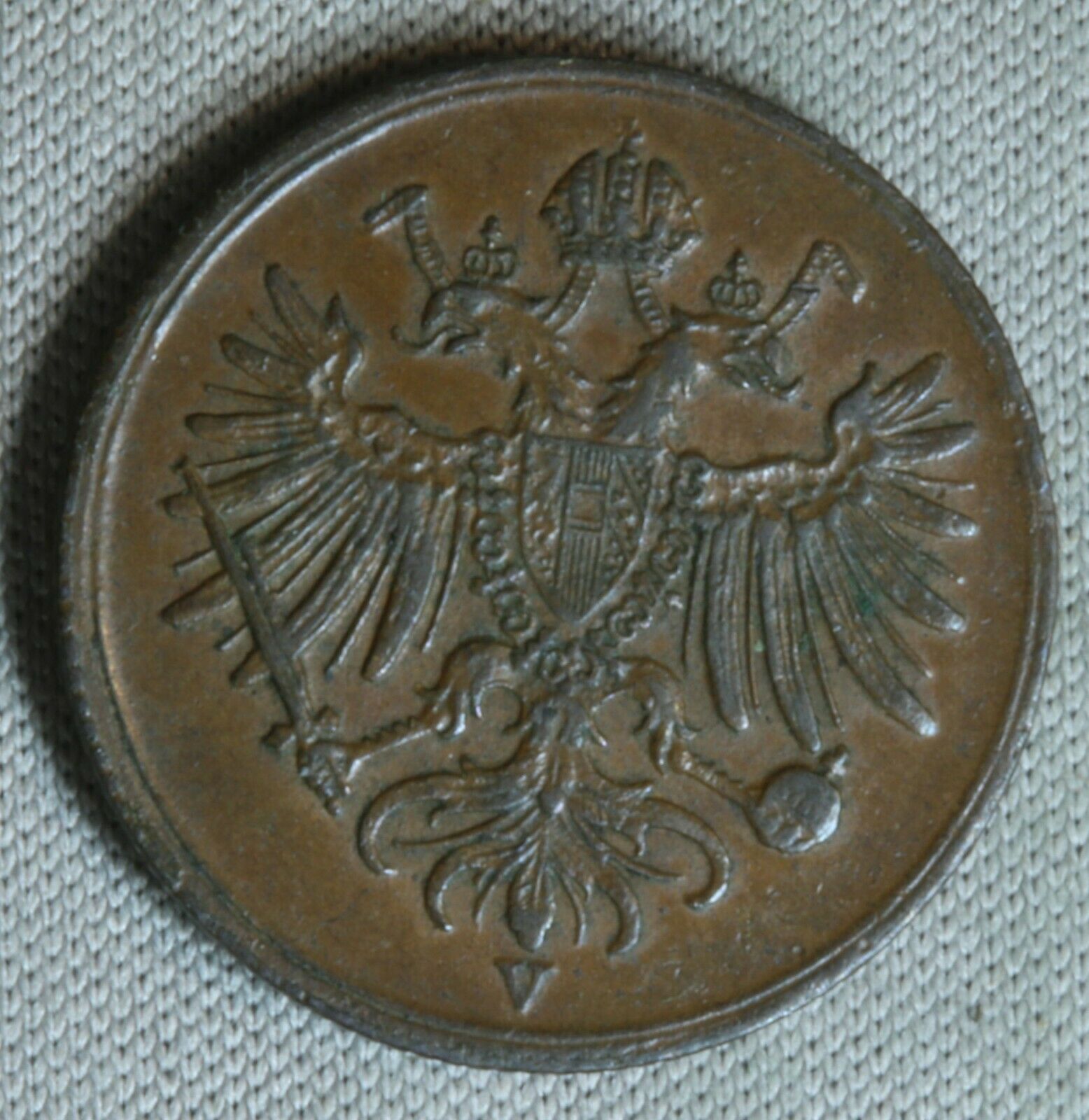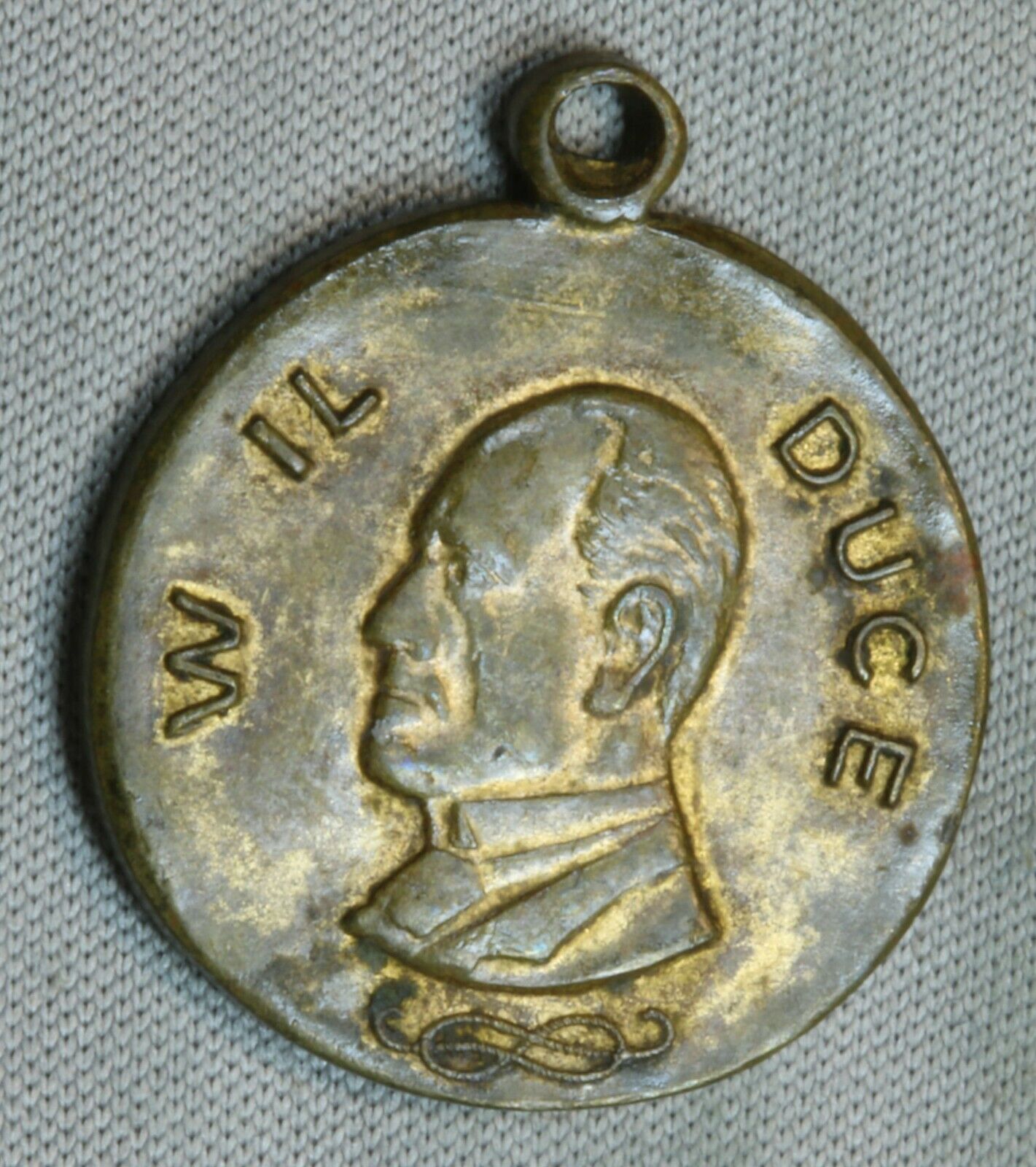-40%
1768 BP CC R Italian States Naples (Regno) Ferdinando IV 1759-99 AV 6 Ducati XF
$ 842.16
- Description
- Size Guide
Description
Ancient Coins Guaranteed AuthenticI offer 30-day no questions asked free returns!
All Shipping Combined
Free Domestic Shipping
International Shipping Free For Purchases over ,000
Ferdinand I, IV, III & King of Gozo
Ferdinand I (12 January 1751 – 4 January 1825), was the King of the Two Sicilies from 1816, after his restoration following victory in the Napoleonic Wars. Before that he had been, since 1759, Ferdinand IV of the Kingdom of Naples and Ferdinand III of the Kingdom of Sicily. He was also King of Gozo. He was deposed twice from the throne of Naples: once by the revolutionary Parthenopean Republic for six months in 1799 and again by Napoleon in 1805.
Ferdinand was the third son of King Charles VII of Naples and V of Sicily by his wife, Maria Amalia of Saxony. On 10 August 1759, Charles succeeded his elder brother, Ferdinand VI, becoming King Charles III of Spain, but treaty provisions made him ineligible to hold all three crowns. On 6 October, he abdicated his Neapolitan and Sicilian titles in favour of his third son, because his eldest son Philip had been excluded from succession due to illnesses and his second son Charles was heir-apparent to the Spanish throne. Ferdinand was the founder of the cadet House of Bourbon-Two Sicilies.
Maria Carolina of Austria
Maria Carolina of Austria (Maria Carolina Louise Josepha Johanna Antonia; 13 August 1752 – 8 September 1814) was Queen of Naples and Sicily as the wife of King Ferdinand IV & III. As de facto ruler of her husband's kingdoms, Maria Carolina oversaw the promulgation of many reforms, including the revocation of the ban on Freemasonry, the enlargement of the navy under her favourite, John Acton, 6th Baronet, and the expulsion of Spanish influence. She was a proponent of enlightened absolutism until the advent of the French Revolution, when, in order to prevent its ideas gaining currency, she made Naples a police state.
Born an Austrian archduchess, the thirteenth child of Empress Maria Theresa and Emperor Francis I, she married Ferdinand as part of an Austrian alliance with Spain, where Ferdinand's father was king. Following the birth of a male heir in 1775, Maria Carolina was admitted to the Privy Council. Thereafter, she dominated it until 1812, when she was sent back to Vienna. Like her mother, Maria Carolina took pains to make politically advantageous marriages for her children. Maria Carolina promoted Naples as a centre of the arts, patronising painters Jacob Philipp Hackert and Angelica Kauffman and academics Gaetano Filangieri, Domenico Cirillo and Giuseppe Maria Galanti. Maria Carolina, abhorring how the French treated their queen, her sister Marie Antoinette, allied Naples with Britain and Austria during the Napoleonic and French Revolutionary Wars. As a result of a failed Neapolitan invasion of French-occupied Rome, she fled to Sicily with her husband in December 1798. One month later, the Parthenopean Republic was declared, which repudiated Bourbon rule in Naples for six months. Deposed as Queen of Naples for a second time by French forces, in 1806, Maria Carolina died in Vienna in 1814, a year before her husband's restoration to Naples.










